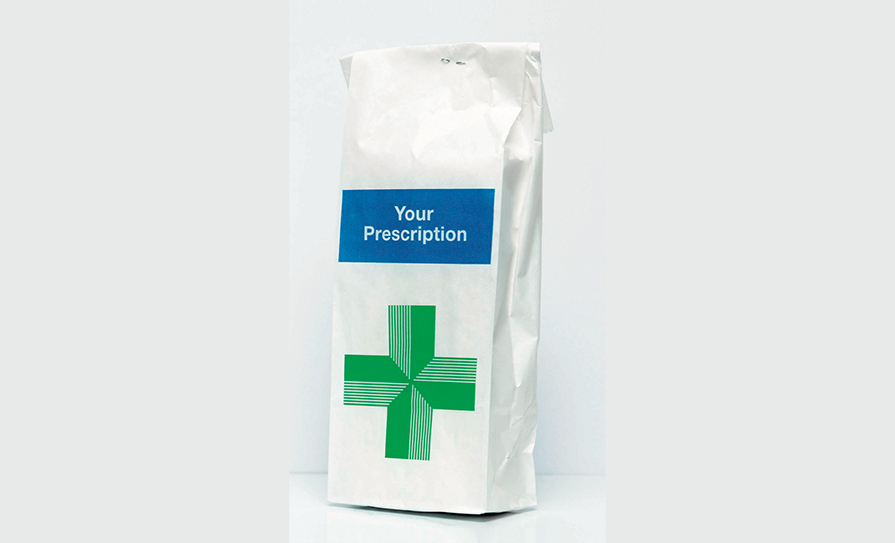Fintan Moore on the ‘health warnings’ that come with the expanding role of the pharmacist in treatment options
Over the years that I’ve slogged away at the coalface of community pharmacy, I’ve always found some of the most frustrating moments to be when a patient comes in with a clearly obvious and identifiable ailment, but one for which I had no legal recourse to a remedy for them.
Some of the obvious ones were conjunctivitis and shingles, for which I could be 99 per cent certain of what the patient’s GP would prescribe, but my hands were tied by the requirement for a prescription. So the recent announcement that pharmacist prescribing for a list of certain conditions, including those two, is coming down the pipeline is welcome news for the most part. This is especially true because GP services are stretched too thin, and even out-of-hours services can be hard to access. Online prescription providers have served to plug the gaps, but we can complement that.
Like any significant change, this one does come with a couple of health warnings. Hopefully the required training modules will be streamlined, user-friendly, not over-priced, and not expect us to ‘retrain’ every couple of years. Also, pharmacies differ, so some of the quieter places will welcome the opportunity to help their turnover, and some large pharmacies will have enough personnel to have spare capacity, but the main issue for me will be resources. We got busier during Covid, and have continued to stay busy, not helped by admin and supply chain pressures. So, the addition of prescription services will take a bit of management.
Unlike doctors, we won’t have the luxury of scheduling consultations, so it’s easy to envisage a situation where several patients arrive simultaneously, all of whom require the specific attention of a pharmacist. As it stands, we can already be in the middle of a Morning-After-Pill consultation while another person wants Solpadeine, another wants Motilium, and yet another needs a new inhaler explained. The profession generally is reaching the point where having a solo pharmacist on duty may not always be adequate.
Unlike doctors, we won’t have the luxury of scheduling consultations
Ideally, we need fewer, but bigger pharmacies, but that would mean regulation of openings, and that isn’t going to happen.
Ozempic conundrum
To be totally honest, I find it hard to make my mind up about the use of Ozempic for weight loss. In theory, it should be possible for people to change their lifestyle to lose weight through diet and exercise, then maintain that new lower weight, but the reality is that in the long run only a minority of people actually do that successfully. Generally, within a couple of years, people regress to where they were originally.
This is a multi-faceted problem — physiologically, our bodies are very stubborn to return to a previous higher weight; and societally, we are surrounded by calorie-dense foods designed to over-ride our attempts to make healthy choices, while having ever-more sedentary daily lives. The idea that people who struggle with their weight have some sort of moral failing and are all ‘lazy’ is simply inaccurate.
So given the well-known health problems caused or exacerbated by obesity, and the relatively low chances of sustained successful weight loss by ‘traditional’ approaches, it makes sense to welcome Ozempic as a tool in the armoury. There is of course the large unknown, which is the possibility of serious long-term side-effects that won’t become apparent for a few years. And there is a large known problem, which is that when people have rapid weight loss with Ozempic (and similar drugs), about 35 per cent of that weight loss is due to muscle disappearing.
Some of that muscle wastage isn’t a problem because the body requires less muscle to move the now-lighter body, but overall it’s not healthy. To counteract this effect, people need to exercise with resistance/weights and to take protein-rich food, but due to being on Ozempic, they may feel fatigued and unable to exercise, and also not feel like eating much of anything. To add insult to injury, if somebody subsequently stops taking Ozempic, they will regain fat rather than muscle. So there will be trouble ahead.
Starbucks frothing
The coffee chain Starbucks recently fired their CEO as a result of the company under-performing. I was listening to a commentator on a business chat show talking about on-the-ground problems affecting the chain, and she said that customers going into Starbucks were noticing confusion and disorganisation among the staff, who were trying to manage both in-person orders placed at the counter, and orders placed by mobile that were awaiting collection.
The promotion and growth of orders by mobile hadn’t yet been adequately catered for by adapted work practices.
It struck me that community pharmacy is still in the process of adapting to a similar change since the introduction of Healthmail back in 2020. I’m finding that it’s getting a little easier as time goes by because patients are developing a better understanding of the process. They are less likely to expect us to have automatically prepared a Healthmailed prescription for dispensing, more likely to volunteer when they spoke to the doctor, and to mention if they’re collecting regular medication or something new.
I still think providing coffee must be easier and more profitable, but it’s too late to start now.
Fintan Moore graduated as a pharmacist in 1990 from TCD and currently runs a pharmacy in Clondalkin. His email address is: greenparkpharmacy@gmail.com.







